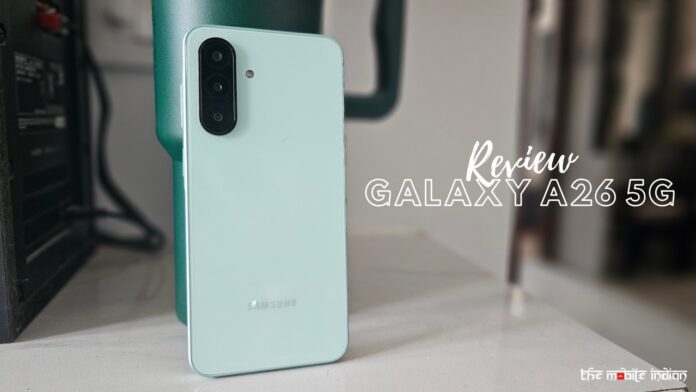Samsung Galaxy A26 5G, priced at Rs 24,999 for the base model, has a lot of competition at its price point but can it handle the heat and prove itself as a worthy contender? We’ll find that out in our review of the Galaxy A26 5G. Stick till the end of this article and you’ll know whether you should spend your money on this device or spend it on another device, such as the Nothing Phone (3a), Motorola Edge 60 Fusion, iQOO Z10, etc.
What we liked about the Galaxy A56 5G
The Galaxy A26 5G sports a decent design with glass on both the front and back that’s protected with a Gorilla Glass Victus+ covering. The plastic frame may not feel premium but that’s a standard choice for most manufacturers at this price point.

Further, the mint shade we received for review is one of the nicer looking colours from Samsung in recent times, especially with the redesigned camera module on the back that creates a modern and contrasting look. The device does feel big in the hand but the weight distribution has been well handled.
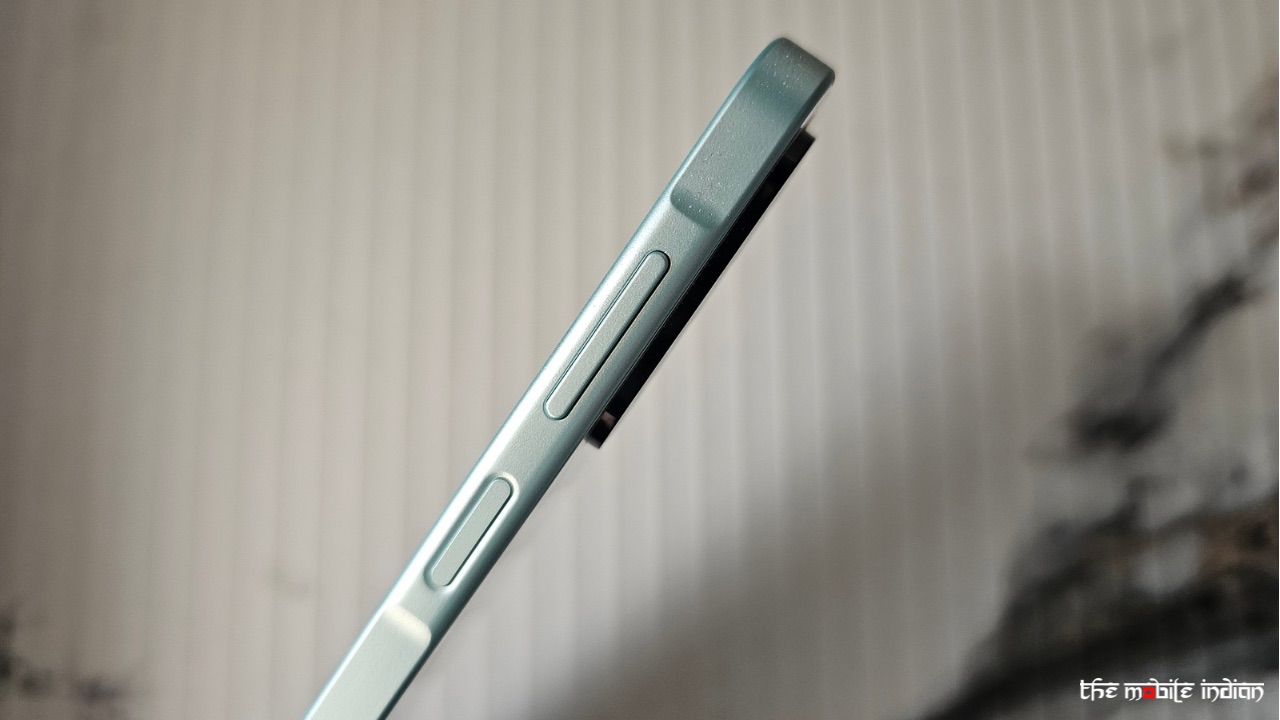
The device is IP67 rated as well so durability shouldn’t be an issue. Overall, the device felt great in the hand and those longing for looks and durability shouldn’t hesitate if opting for the Galaxy A26 5G.

Then comes the display which is another feature we liked in the Galaxy A26 5G. The 6.7-inch full HD+ Super AMOLED Display with 2340 × 1080 pixels Resolution performa quite well in terms of colours, viewing angles, responsiveness, and smoothness due to the 120Hz refresh rate. However, the 800 nits peak brightness value can be an issue for those who work a lot outdoors as poor readability under direct sunlight did bother me during the review.
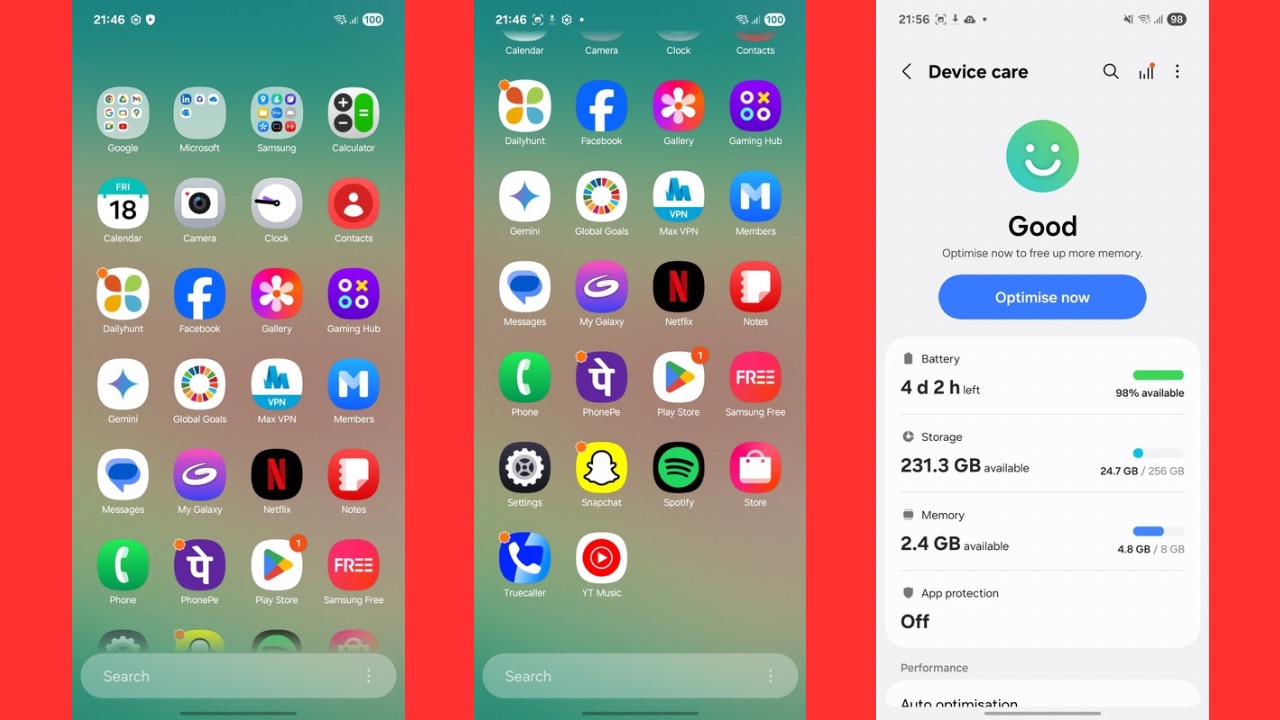
Then comes the software which is One UI 7.0 based on Android 15. The device is set to receive 6 generations of OS updates and 6 years of security patches which is the best software update policy for a phone in this price range. It also received the April 2025 security patch during our review period, which also confirmed that it doesn’t support seamless updates, unlike the Galaxy A56 5G and the A36 5G. If you are planning to keep your phone for an extended period of time, the Galaxy A26 5G might be a no-brainer.

The greatness of the software further shows in its optimization and the amount of features on offer. While some jitters and stutters could be solved through an update, the device did remain smooth for the most part. We’ll talk about performance in general a bit later but speaking purely of software, this is one of the best Android skins I have used at this price point alongside Nothing OS which is both stable and smooth.
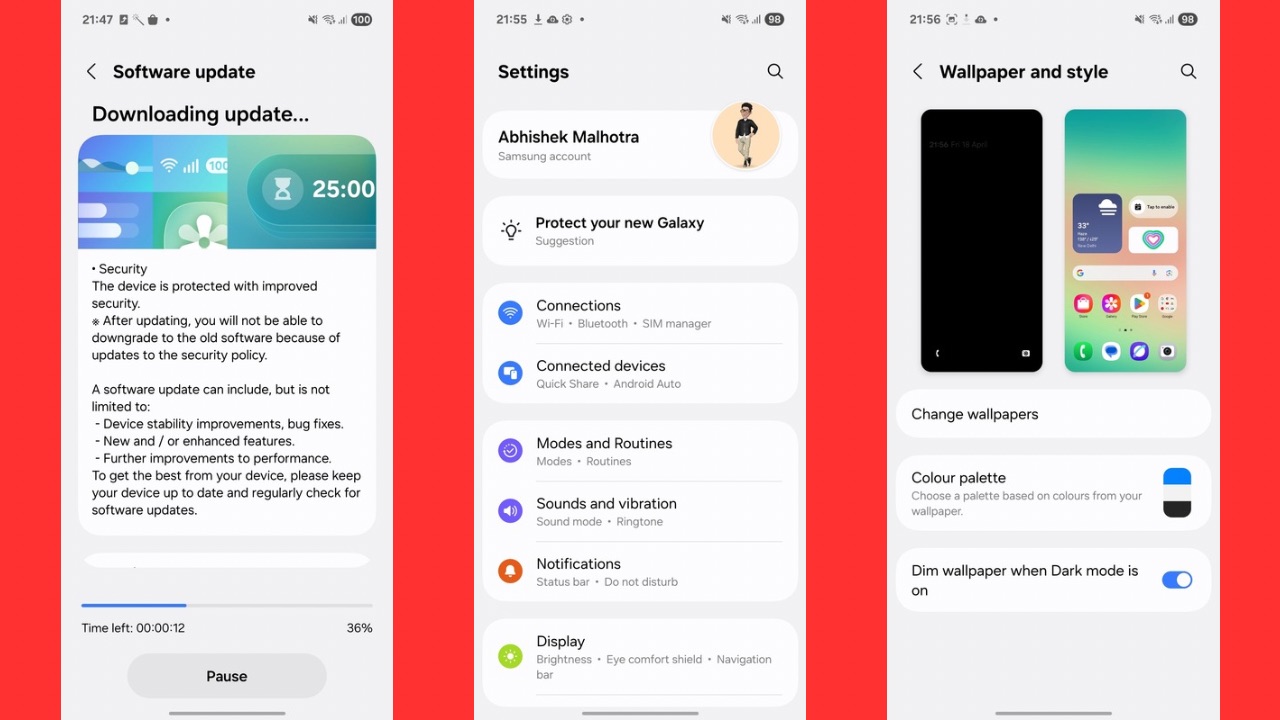
You do get some AI features as well, such as Object Eraser, AI select, custom filters, Google’s Circle to Search, and more, which work okay. Aside from that, the animations remain fluid while there’s also the new quick settings shade which will be preferred by many. The new Now Bar is also offered on the lock screen for showing information at a glance. Aside from that, connectivity performance of the device was optimal.
Speaking of battery life, the device packs a 5000mAh cell which is fine for daily use. While it could have been better, it got me around 6.5 hours of screen-on time on an average with moderate use with slightly less than a day of use.
The side-mounted fingerprint sensor works quite nicely and is quick to unlock the device as soon as you touch it.

Next feature we liked about the device was its 13-megapixel f/2.2 front-facing camera. The sensor shot decent photos under adequate lighting conditions. There was a good amount of detail in the photos while the skin tones also looked great. The bokeh effect in selfie portraits also looked natural with good edge detection.
What we didn’t like about the Galaxy A26 5G
The device packs the Exynos 1380 Chipset which we saw in last year’s Galaxy A35 5G. While it’s definitely more powerful than the Galaxy A25 5G’s Exynos 1280, performance was still sometimes an issue with the Galaxy A26 5G where the device lagged at times after unlocking or while switching through apps. I could also notice the device getting warm at times while doing daily activities which is not exactly a cause of concern due to rising ambient temperatures but could prove to be an issue in the future if Samsung doesn’t do anything about it. Gaming also isn’t the device’s forte and I could feel it getting hot even with casual titles like RL Sideswipe.
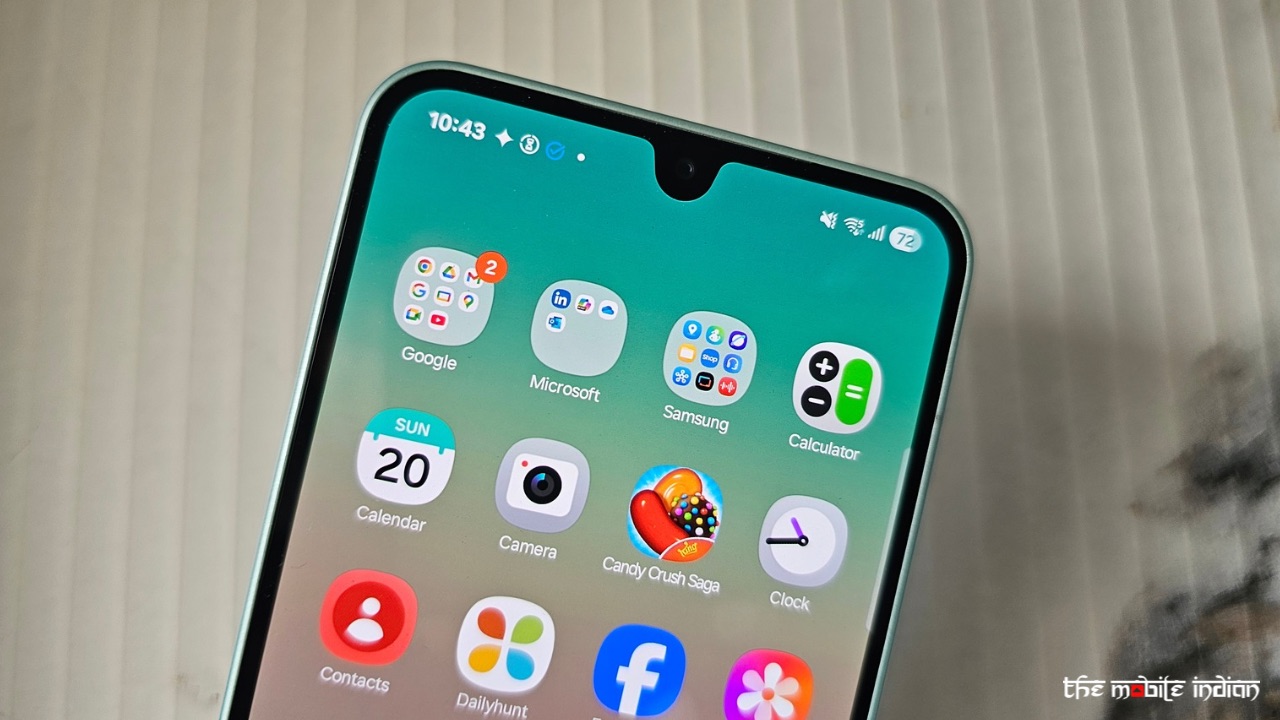
Next up, while the display itself is decent, the front notch design feels outdated. The noticeable chin at the bottom doesn’t help either, especially when compared to sleeker designs from the competition.
Then, another disappointment was that the device lacks NFC support which some of its competitors do come with. Furthermore, what the device also lacks is a full-fledged Always-on display support despite it having a Super AMOLED display. This was also an issue with the iQOO Z10 5G but again, Nothing Phone (3a) sets the standard here with proper AOD implementation.
Next, there’s the painfully slow charging time, where it could take close to 1h 15m or slightly more when charging from 0 to 100%. We feel 45W speeds would have been better but Samsung opted for 25W which is nowhere close to the competition.
Then comes the Haptics which are handled through a buzzy regular motor. Nothing Phone (3a)’s haptics are miles better than Samsung’s. Samsung also stripped away the stereo speaker setup in the Galaxy A26 5G which were actually a part of its predecessor, the A25 5G. The single mono speaker on the A26 5G is loud and sounds clear but the vocals can sound shrill at louder volumes and the quality also distorts slightly.

The Galaxy A26 5G offers a triple rear camera setup including a 50-megapixel primary sensor with OIS support, an 8-megapixel f/2.2 ultra-wide-angle sensor, and a 2-megapixel f/2.4 macro sensor.

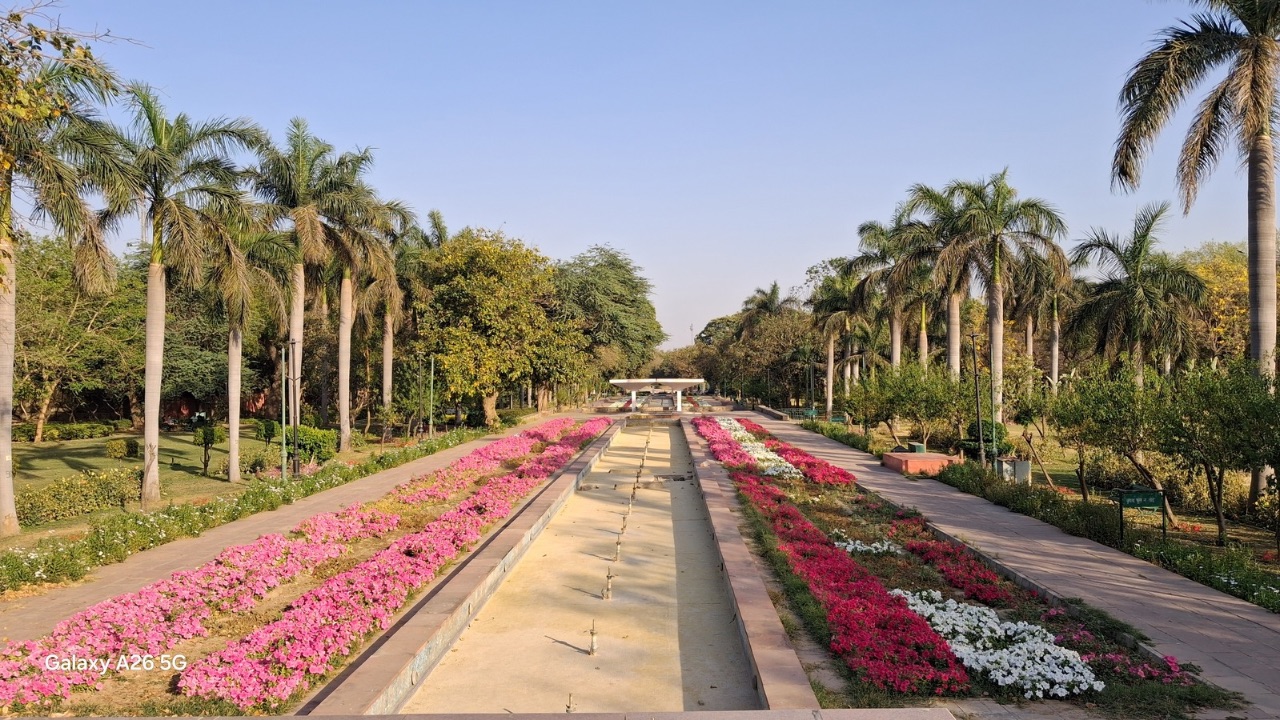
While it may sound appealing on paper, it doesn’t perform up to expectations in the real world. While most devices perform nicely when given enough light, the Galaxy A26 5G fails to capture proper details making the photos look soft and like an oil painting if you zoom in.
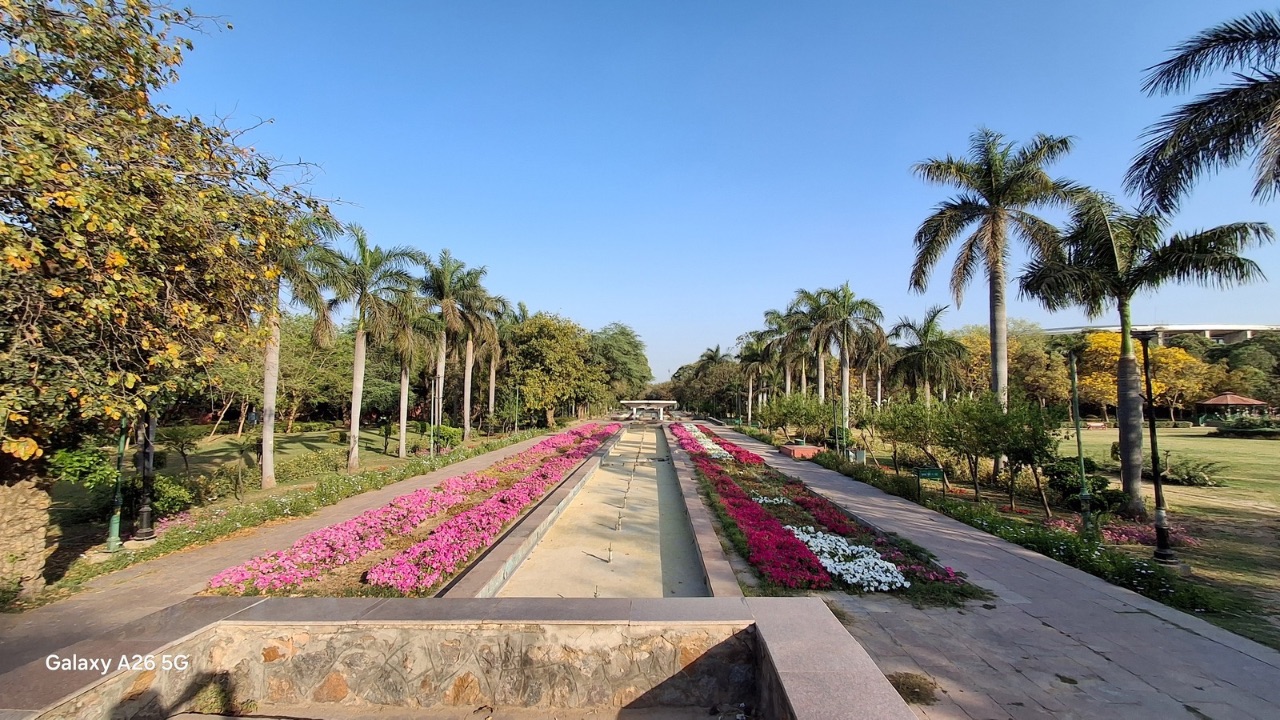
While colours are handled in an average manner, exposure control is not the best and so is the dynamic range. Same is the case with the ultra-wide angle lens but with higher intensity. Even edge distortion hasn’t been well contained.

Portrait photos also lack proper colours while the edge detection also goes for a toss. Shooting under artificial lighting showcases a similar set of results where proper details are lacking and the colours start to fade slightly.

Under low lighting, things get slightly worse where some noise begins to appear and the sharpness of the shot drops further. The third macro sensor also doesn’t handle details nicely and is quite pointless when brands like Nothing are offering a telephoto sensor as the tertiary lens on their smartphones.


